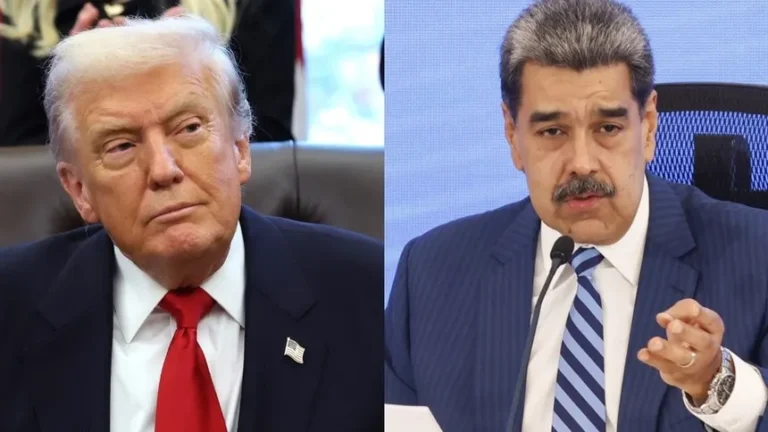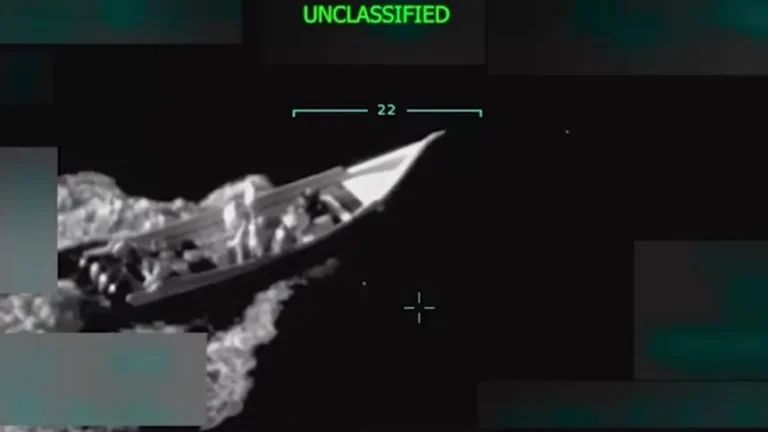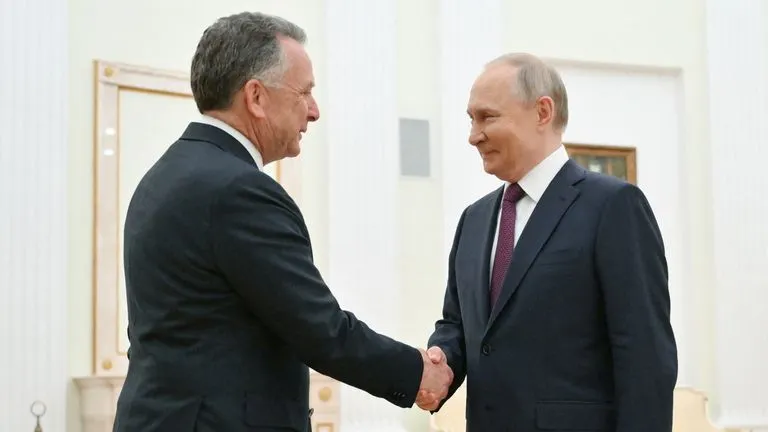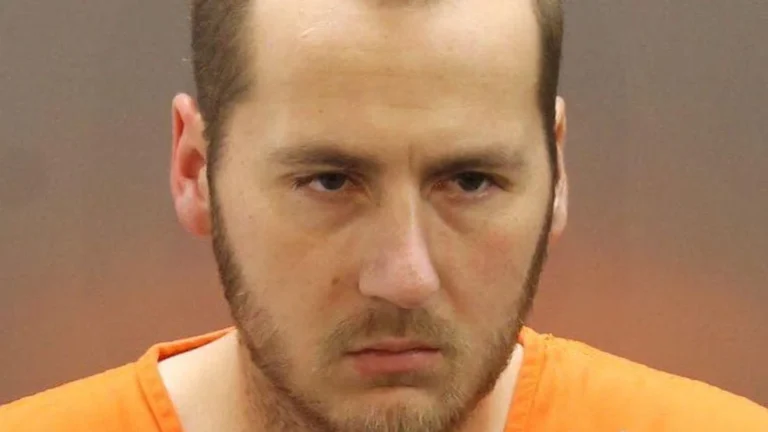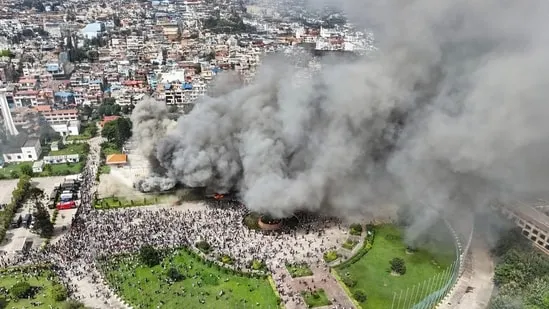
What’s New
Nepal’s anti-corruption protests intensified in Kathmandu, where crowds broke into the federal parliament complex and started fires. Prime Minister KP Sharma Oli resigned amid the unrest. The Nepal Army issued a statement saying security institutions are committed to “taking control of the situation” from 22:00 local time if violence continues.
Key Developments at a Glance
- Parliament breach and arson: Protesters entered the legislature compound in Kathmandu, smashing windows and setting fires.
- PM steps down: KP Sharma Oli resigned as demonstrations widened across the country.
- Army posture: The army said it stands ready, with other security bodies, to stabilize the situation from 22:00 local.
- Airport closed: Tribhuvan International Airport in Kathmandu showed “airport closed” on its official board, with domestic and international flights halted.
- Casualties: At least 22 people have died since the unrest began; hospitals in the capital reported dozens treated for injuries.
- Prison breaks: Officials confirmed 773 inmates escaped in Kaski District and 127 from Tulsipur Jail in Dang Province.
- Ministers resign: The ministers for Water Supply (Pradeep Yadav), Agriculture and Livestock (Ram Nath Adhikari), and Home (Ramesh Lekhak) submitted resignations.
How the Protests Grew
Trigger and Momentum
Demonstrations began after the government banned 26 social media platforms, citing registration issues. The ban was repealed, but protests expanded, channeling broader anger over corruption. The movement is led largely by Gen Z students across Kathmandu, Pokhara, and Itahari.
Scenes in the Capital
Crowds gathered around fires in and around the parliament and the Singha Durbar government complex, where the prime minister’s office is located. Protesters painted anti-corruption slogans and defied curfews imposed after earlier clashes.
Security and Official Messages
Army and Leadership Appeals
- The Nepal Army called on citizens to support efforts to restore order and invited protesters to show restraint.
- The Army Chief, Gen. Ashok Raj Sigdel, urged dialogue, citing loss of life and property.
- President Ram Chandra Poudel appealed for peaceful communication to resolve the crisis.
Police and Hospitals
Security forces used crowd-control measures as hospitals in Kathmandu reported hundreds treated since protests intensified, with most later discharged.
Impact on Daily Life and Governance
- Transport/Air: The full closure of Kathmandu’s international airport disrupted all flights.
- Government Targets: Residences of several senior politicians and party offices were vandalized.
- Power Vacuum Risks: With the prime minister’s resignation and multiple cabinet departures, authorities warned of further instability without an interim arrangement.
What Protesters Want
Demonstrators demand:
- Permanent reversal of the social media restrictions (already lifted), and
- Action against corruption and perceived impunity in public office.
Organizers emphasize accountability and reforms to stem the outflow of young Nepalese seeking opportunities abroad.
What to Watch Next
- Whether a caretaker government or interim authority emerges quickly.
- If the army and police assume a larger role in maintaining order after 22:00 local time.
- Updates on airport operations, curfew measures, and casualty figures.
- Any roadmap from political parties addressing anti-corruption demands.
